https://www.youtube.com/watch?v=BYtXMJjqfvw
21 Positional Chess Concepts
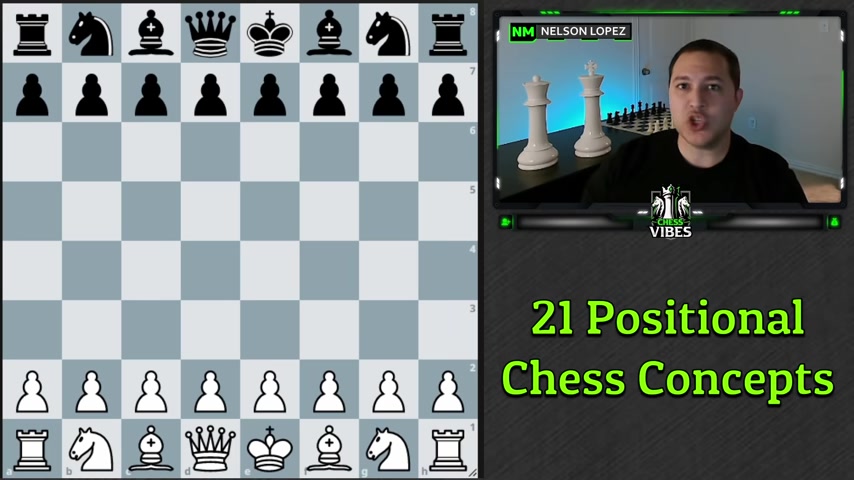
One of the most common questions that I get asked on my channel is how do you get better at positional chess on this video ?
I'm gonna give you the top 21 positional chess concepts that you need to understand .
These are the things that I have gathered from over 30 years of playing chess and I'm putting them all together in one video just for you guys .
They're gonna start off with the basic positional principles and then we're gonna get to some more intermediate and advanced ones as the video goes on , there's going to be time stamps in the description below .
So feel free to jump around if you need to .
Although I highly recommend that you don't skip any of these because they are all extremely important .
Let's jump right in the first positional concept is that you want to avoid bad bishops in chess .
A bad bishop is a bishop that's stuck behind your own pawn .
So in this position , if I were to play the move D three , I've created what's called a bad bishop .
This bishop now has only one legal move .
Doesn't have a lot of good options .
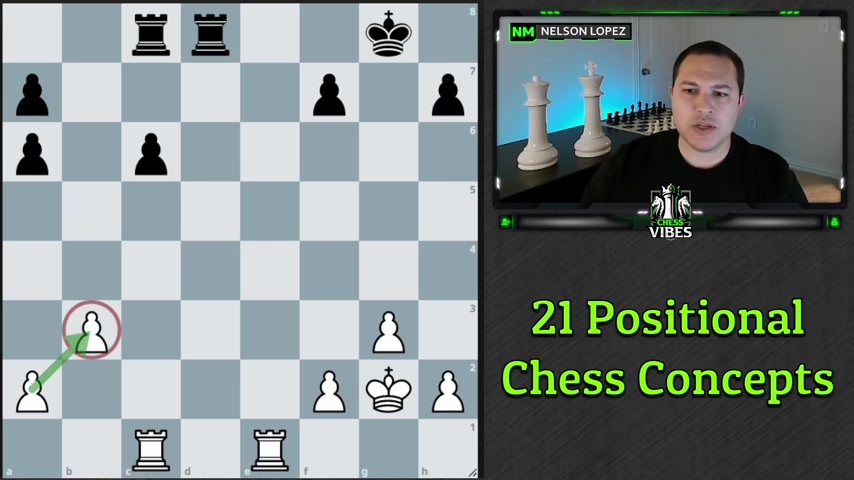
A much better idea would be to play bishop to C four and then play D three because now my bishop has lots of options and it's a good bishop , not a bad bishop .
So avoid bad bishops .
The second positional concept is that isolated pawns can be very good targets .
And isolated pond is a pond that has no ponds on the adjacent file .
So this is an isolated pond .
This is an isolated pond .
This is an isolated pond and these are called double isolated ponds .
They're very good targets because they can't be protected by another pond .
This pond is well defended by this one and this one gets attacked , you can move it here and now it's defended by this one and you can see how they can really help each other .
Isolated ponds cannot do that .
So they make very good targets .
The third principle is very similar but double isolated ponds like this when there are two pawns on the same file are even better targets because not only can this pond , for example , not be defended , it also can't even move because it's being blocked by its own pawn .
So they're even worse .
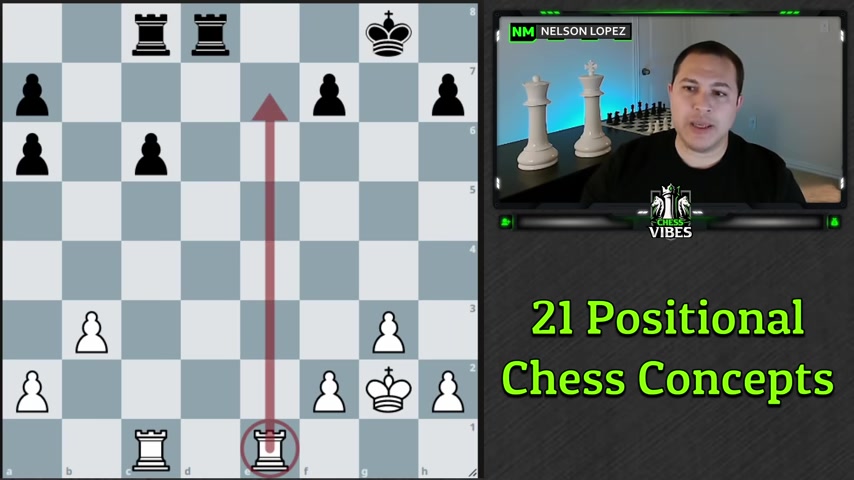
And that can be a very good strategy , not just in an end game like this , but even during the middle game , if you see double isolated ponds or isolated ponds , you can probably try to attack those and they're going to be very weak .
The next principle is that rooks should strive to control open files .
You see in this position , white is controlling this E file , black is controlling this D file .
The reason controlling open files is so good is because it gives your rook all sorts of options .
We can come down here on the seventh rank .
If we want , we can come over here and try to come over here to attack maybe some of these ponds , lots of options black can also do the same thing , go to wherever they want to go .
So whoever controls the open file usually has the advantage .
This is particularly true in end games and this is what you want to be paying attention to with your rooks .
The next principle is that you should never trade one of your good bishops for your opponent's bad nights .
And this example , this is a very strong bishop .
It's being Keto and it's controlling a lot of these important central squares .
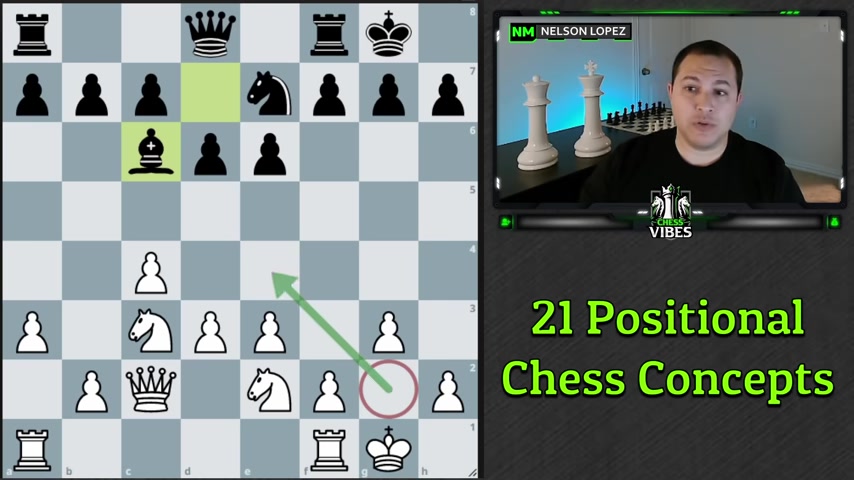
It's also very nicely hidden behind the pawns and can't really be harassed if you were to trade that bishop for this night , that would be a crucial mistake .
Not only are you losing your very powerful bishop which was controlling so many squares , you're taking it for Blacks night , which wasn't really doing a whole lot .
And additionally , you now have blacks annoying bishop that you really have no way to deal with because you've gotten rid of your bishop that was controlling that diagonal .
So don't trade a good bishop like this for a bad night .
That's not really doing a lot .
The next principle is very similar , but it's kind of the opposite of that .
Never trade a good night for a bad bishop .
In this case , our night on D six is extremely strong .
It is an hour post .
So it's defended by these pawns .
It can't be attacked by any of blacks pawns because they've already been moved forward .
And if we were to trade this night for this bishop , that would be a terrible mistake .
Our knight is doing so much and Black's bishop is hardly doing anything .
So do not make a move like this .
Or you're just handing the advantage back to your opponent .
Always want to keep those really strong nights .
Don't trade them off .
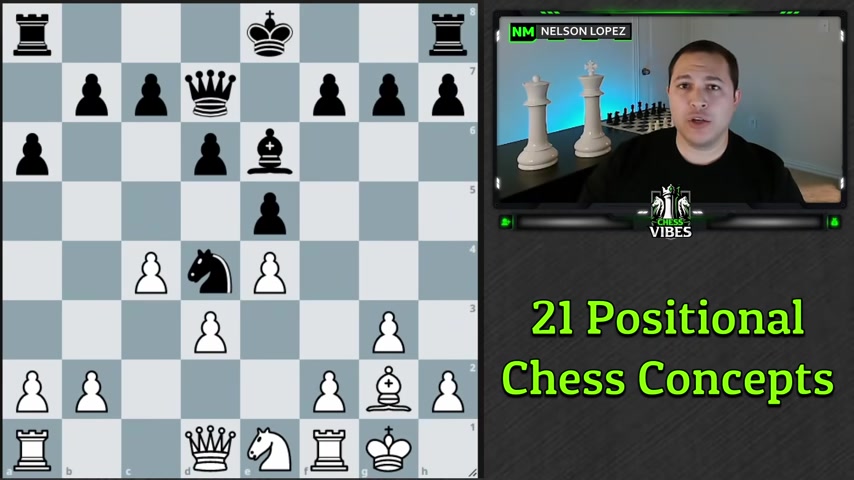
And while we're talking about trading , the next principle is that you should always look to trade your bad pieces for your opponents .
Good pieces in this position .
Blacks knight on D four is very strong .
It's well defended .
We can't harass it with our pawns because they've already been moved forward and it's controlling a lot of squares on our side of the board .
We also have this night here though .
It's not really doing a whole lot .
It's on the back rank .
It's kind of not very good .
So if we could trade those two pieces off , guess who that's going to benefit , it's gonna benefit us .
Of course .
So if we move night to C two and then take the night or even night to F three and then take the night and the night F three , we could get pinned .
So that's probably not the move I would play .
But night C two looks like a really good move .
Trade it off and we have successfully traded our bad night for blacks .
Good night .
That's the kind of opportunities that you want to look for throughout the game .
The next principle is you wanna be careful moving your pawns forward .
Why do we care about moving pawns forward because they cannot move backwards .
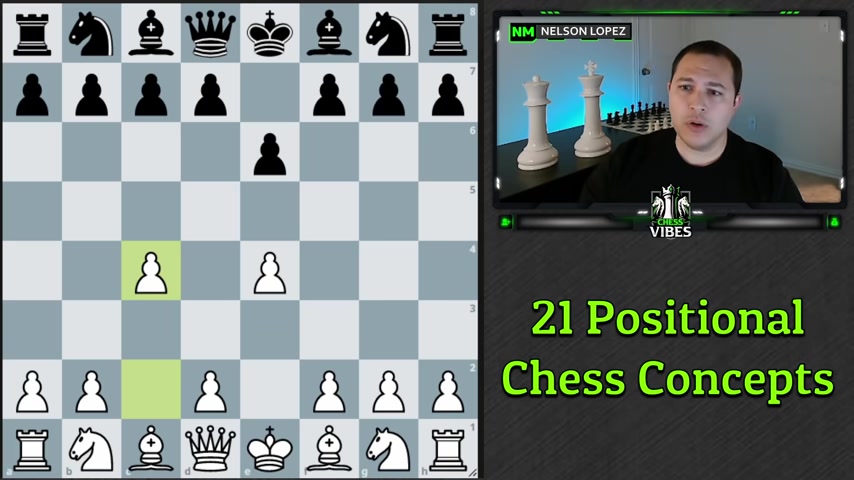
So if you ever played against somebody who uh when they start the game , they just kind of throw their pawns forward and they just keep moving pawns forward and they just kind of keep pushing them forward and they don't really care what they're doing every time you move a pond forward , you create some weaknesses .
So in this position , these holes , for example , now the night can just hop in there over here .
Same thing knights can hop in .
Bishops can hop in the queen , can hop in and you are never going to be able to control those squares with a pawn because you've you any pawn that could potentially control these squares , you've already moved forward , right ?
See that .
And so you create weaknesses that you cannot fix when you move ponds forward in chests .
So be very careful moving pawns forward , make sure you have a really good reason to do it .
All right .
The next principle is that rooks are very good on the seventh or the second rank .
So , if you're playing as white , the seventh rank is here .
If you're playing as black , the second rank would be here .
And if you can get your rooks there , it's very , very , very good for you most of the time .
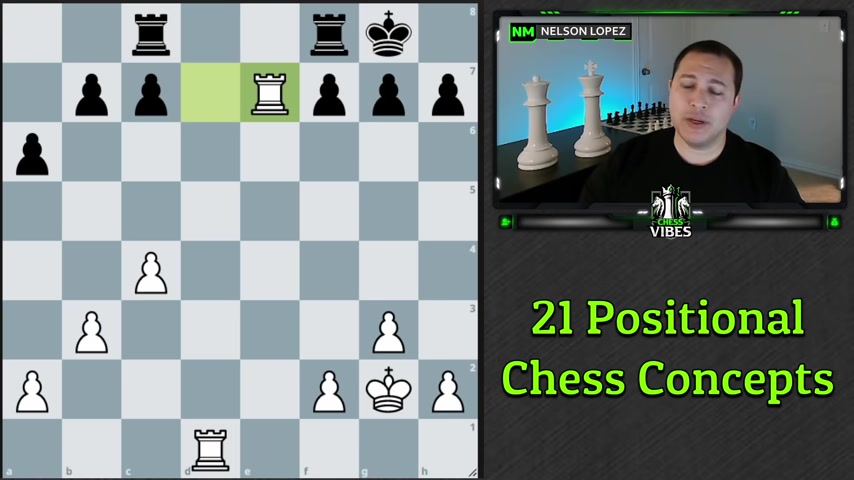
So if I'm playing as white in this position , I'm gonna play rook to decent .
I'm immediately attacking this pawn .
Let's say black tries to defend .
The next thing that I'm probably gonna do is play rook here .
And my goal is to be to get both rooks here .
So we'll say black plays H six .
I come down here and now look at how strong this is .
I'm attacking this pawn .
So these pieces are basically tied if they want to defend it .
I'm also attacking this pawn , which is only defended once .
If black , let's say moves it .
Well , then I'm taking this .
I still have the pressure here .
I have the option to go here to go here .
I can basically do whatever I want because I've got my rooks in such a good position on the seventh rank .
So always look out for that .
And again , if you're black , look to get them on the second rank .
All right , the next positional idea is that sometimes one pawn can actually stop two of your opponents pawns .
So in this position , white has an extra pawn here .
We got four against three .
But on the other side , black has two against one .
And so if it's my move as white , I'm gonna play the move a five .
And the reason this is such a good move is because I'm stopping this pawn from moving .
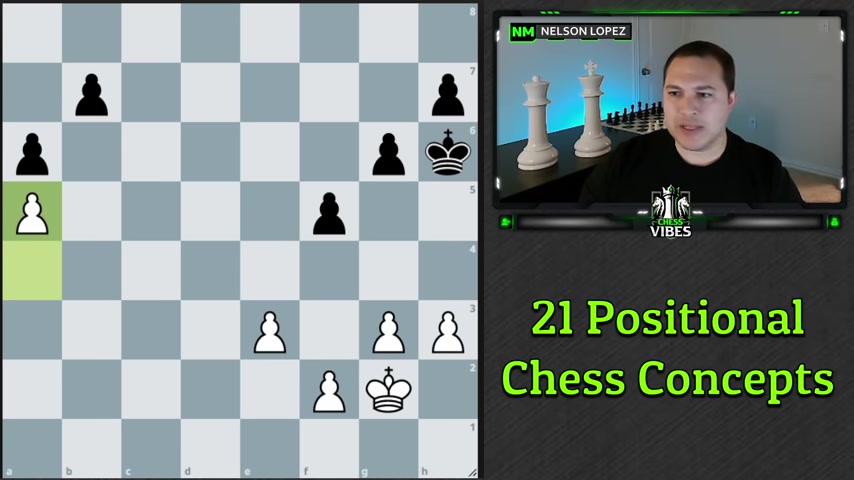
And I'm also stopping this pawn from moving because if it tries to move here , I'm just gonna take it .
And if it tries to move here , I'm also gonna take it with a pass and go get a queen .
So this one little pond is stopping both of these pawns from moving .
That's really good because if I did something else like random king move , now , black can play B five takes , takes and guess what ?
I have to bring my king over to stop this pawn .
I have to .
Otherwise it's just gonna get a queen .
But when I do that , what do you think Black's king is gonna do ?
Probably come here forward , push these pawns and start taking my pawns over here .
And I'm probably gonna lose the game so crucial to remember that sometimes you can just use one of your pawns and stop two of your opponents pawns taking advantage of the fact that on pass is a move that you can , you can play .
So keep that in mind .
All right , the next principle is that you want to blockade backward pawns and then prepare to attack them .
So this is an example out of the bishop five , Sicilian is is fairly common where black plays the move E five to kind of chase away the queen .
But by playing E five , they create what's called a backward pawn .
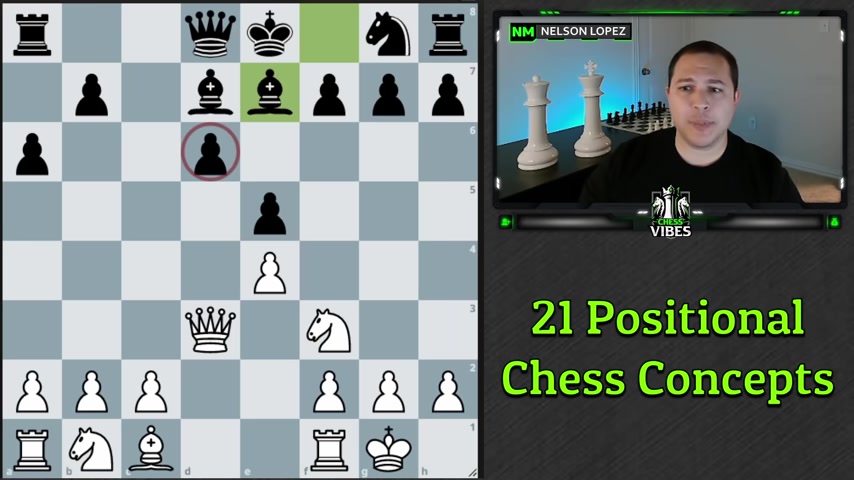
As a reminder , a backward pawn is when the pawns on the side of it have already moved forward far enough that they can no longer help support that pawn .
OK .
So this pawn is gone and then this pond is advanced to where this guy basically has no help .
So whenever you have a backward pawn , usually the first step is to blockade it .
So we already have it somewhat blockaded with uh a queen and a pawn .
But you know , a couple other options would be play night C three and then night to D five to put the knight in there as a blockader , you could also play the move C four first and really solidify it as a , as a target .
And once you've done that , then your goal can shift to .
OK ?
Now we've blockaded it .
It's not gonna go anywhere , it's not gonna move and , and get away .
Now , we can start figuring out how to attack it .
So , you know , uh bringing the rook over is probably how I would start .
Um And you know , you could follow up with maybe B three and then bring the bishop over here to line up on it .
You could even at some point consider maneuvering a night around .
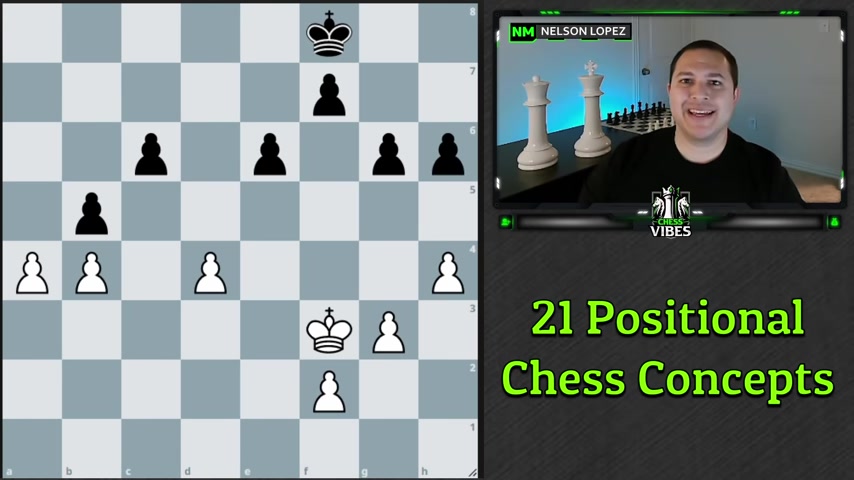
So if I can maybe get my night on a five at some point in the future , even this and get three pieces lined up and eventually you're probably gonna have enough pieces that you can win the pawn .
And it's , it's a relatively easy way to win a pawn .
If you just take your time , be patient , blockade it and then attack it .
All right .
The next idea .
And this is super important , especially at end games , but try to create protected past pawns whenever you can .
So in this position , it's our move .
We could just trade this pawn off , takes , takes and then we have pretty even position here .
You know , we got , the kings are probably gonna try to come up and who knows what's gonna happen .
But a better option for us is to play the move A five .
And what we have done is created this little guy over here , which is called a protected pass pawn .
So it's a pass pawn because there's no opponents pawns that can stop it from becoming a queen and it's protected because it's got a pawn over here that's protecting it really , really good because now Black's king is forced to come this way .
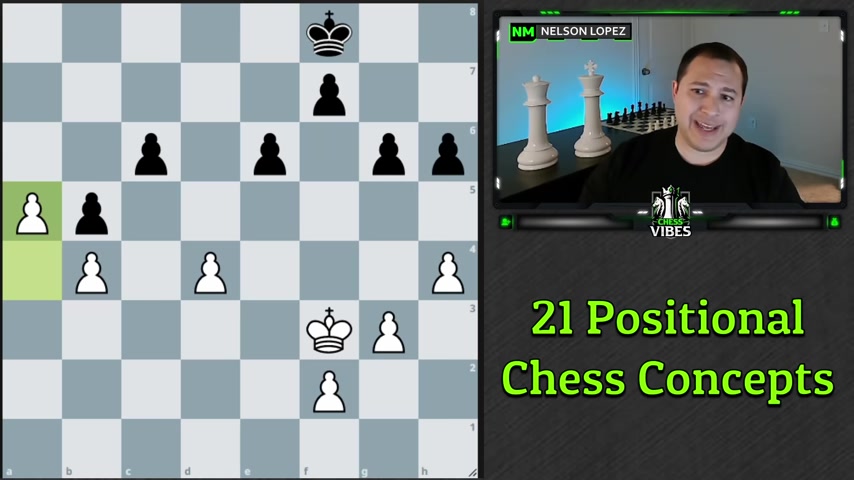
And by the way , the king actually can't catch it because you can make this little box here and the king um is not gonna be able to enter the box .
But let's just say , you know , we , we'll waste a move here , we'll give black uh an extra move .
Now , the king can stop it .
But even so the king is basically stuck guarding this pond and our king can run over here and do whatever we like .
Probably just gobble up all these ponds .
And if black ever tries to come over here and , and you know , stop us , well , then we're like , ok , I'll go get a queen so protected pass pawn is extremely good , especially at the end of the game .
Now , it is important that it's protected because if it's not protected and you try to do that , well , then you know , your opponent's probably just gonna run the king over and take your pawn and then you have to deal with a pawn or something .
So it's important that it's protected , but that's really , really important .
Ok ?
The next idea you want to keep in mind is that you can trade off a fee bishop by creating your own battery .
Say what Nelson , what even mean ?
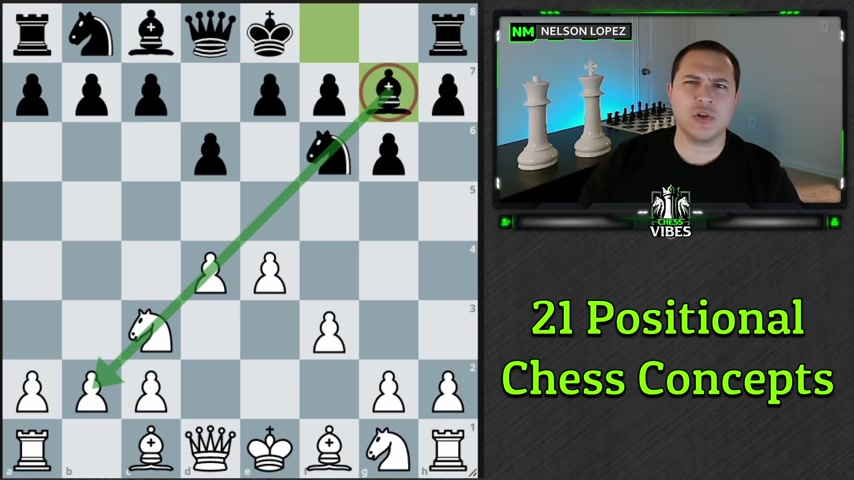
No stress chess how to play playing this game will teach you how to play chess .
The object of the game is to capture your opponent's king , lay out the beginner side of the board and place the pieces on their matching spaces , shuffle the deck of cards and place them face down in the center compartment of the tray , forming a draw deck .
The player with the white pieces goes first , then turns alternate on your first two turns .
You must follow the arrows on the board and move the ponds .
After that , on each turn , you must flip over the top card of the draw deck to your discard pile .
Then move a piece as indicated by the card .
Each card tells you how the piece moves , move the piece to a desired legal space .
You may not move through pieces and a piece captures the first enemy piece .
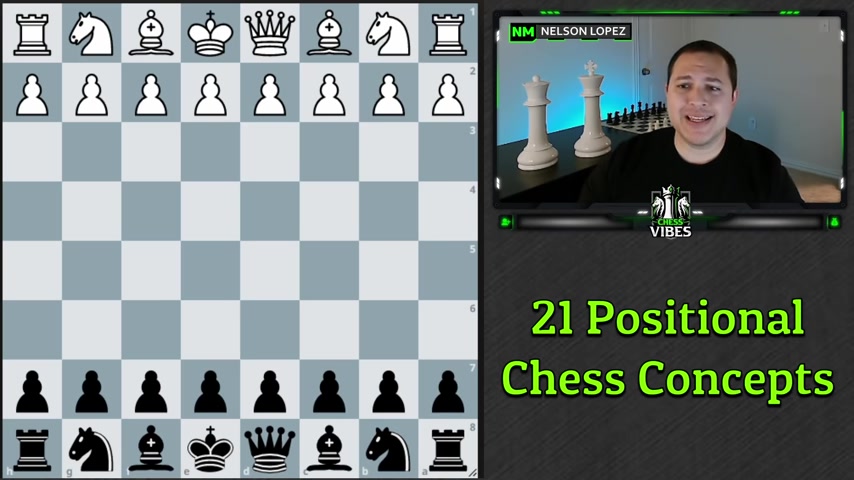
So this is a really simple and easy thing to do um to get rid of that annoying bishop .
So keep that in mind .
All right .
The next idea is that sometimes you can bait your opponent into moving ponds forward , which then creates weaknesses in their position .
A really good example of this is the opening called the Aines defense .
So white plays E four and we can play the move nine F six .
So we're attacking this pond , we're kind of baiting them to move forward and then we can hop over to D five .
And now a lot of players will play like C four and then we can hop back to B six .
We're kind of baiting them again to say , come on , go ahead , you know , push it if you want and then we can go back to D five and yes , white got a bunch of moves for free .
All right , white got four moves there and all we did was kind of hop our night around , but white also created some weaknesses .
Remember what I talked about earlier in the video , when you move pawns forward , there's no going back .
So these pawns can never control this square now , right ?
They've moved past it , which means this for the rest of the game .
This is going to be an outpost for our night where we can just sit there if we want .
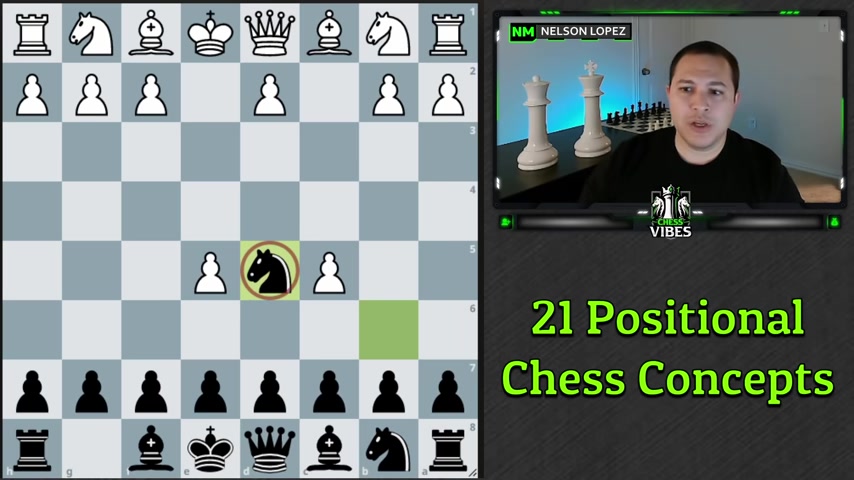
If you play a card with no legal move , then you lose your turn .
After you master this , you may play with five cards in your hand .
If your hand contains three or more of the same card or three or more cards that have no legal move , then instead of playing , you may discard your entire hand and draw a new one .
The first player to capture their opponent's king wins .
Once you have mastered this way of playing , you can flip the board over to play regular chess for a refresher of those rules .
Check out this video .
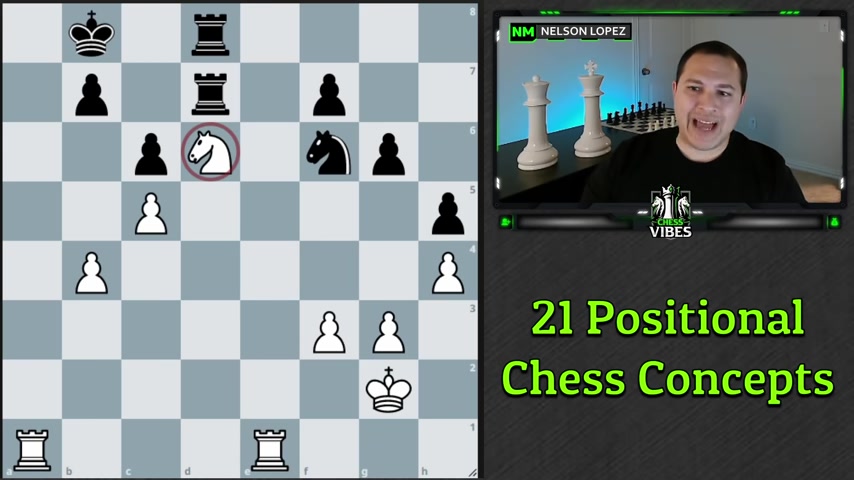
So if you can ever get your night on an outpost and this is an outpost because there's no pawns that can attack it .
OK ?
So the way you would , you would figure this out is first you want to look at the board and see , OK .
Where could there be a potential outpost ?
So for example , the square G five is , is not an outpost because this , after the night moves , this pawn could move forward and attack your night , let's say .
So that would not uh would not work uh this square , not really an outpost because this pond could move forward .
Now , in this case , it can't .
But um you have to be careful with that one .
Here , it would be a good place for your night , right ?
Because there's no ponds that could control it .
And then obviously on D six where it's at right now is , is a great outpost .
But if you find squares like that , when you're playing a game , see if you can maneuver your nights around um to get them there .
And so , you know , in this case , black could actually play 90 85 which is a good move for black because that's an outpost for Black .
There's no pawns , uh no white pawns that can attack it .
So that's what you wanna be looking out for .
So because of the principle that we just talked about about how good a night is .
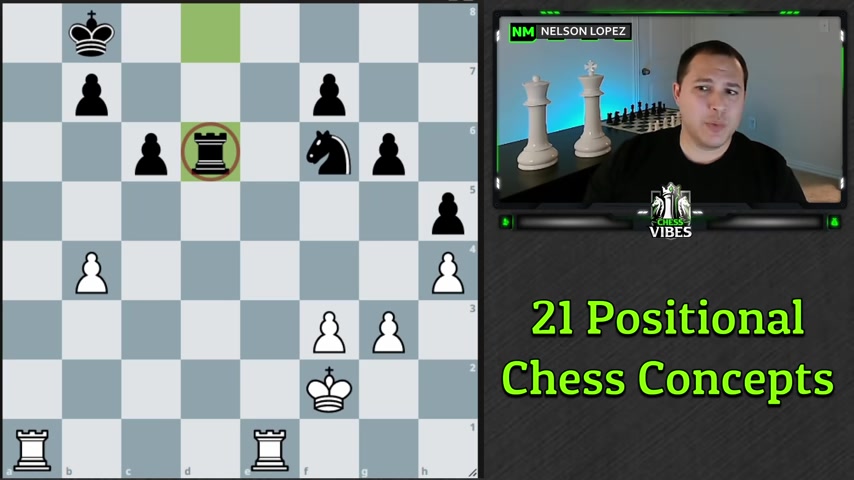
The next principle is that sometimes it's actually better for you to sacrifice a rook to get rid of that night .
So in this case , black , let , let's say white moves the king over black could sacrifice for that night .
Get a night in a pawn .
And a lot of times that's actually a smart thing to do if the night is going to be that strong , right ?
Because if you know there's nothing black could do black couldn't even move any pieces .
At least this way you have a night in a pond , which OK , it's not as good as a rook , but now you can do stuff .
Now you can move your pieces around , you can hop your night in .
Maybe you can try to win this pawn .
Your rook has the ability to come down and do some things from a practical standpoint and from a practical standpoint .
A lot of times it's better to just go ahead and sacrifice a rook if you can get a night in a pond rather than let that night just sit there and prevent you from doing anything .
So , keep that in mind , even if you lose a little bit of material , practically speaking , it's usually worth it .
Right .
The next principle is that generally speaking , you want most of your ponds to be on the opposite color of your bishops .
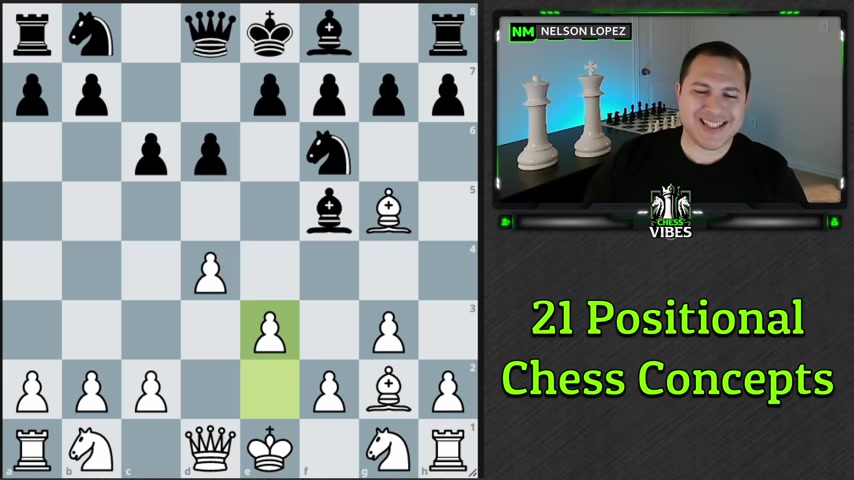
Now , obviously , that depends on the situation .
But a good example of this is when you feed cattle , your bishop , that's exactly what you're doing .
You're putting your ponds on the opposite color of your bishop .
And this is really good because then the bishop can still be completely um effective because the pawns aren't gonna block it .
But it also kind of acts as some shelter and , and protects the bishop from knights that want to attack it .
So , you know , knights could only attack this bishop on one of these three squares and they're all covered by your ponds .
And so by putting your pawns on the opposite color of your bishops , it just works out nicely .
So look for ways to do that and is just one example , there are other situations as well , but keep that in mind .
Now , the next principle is a little bit different from the last one .
We just talked about how normally you want your pawns to be on the opposite color of your bishops .
But sometimes , especially at the end of the game , if you only have one bishop and a couple of random ponds , one thing that I like to do and works out very nice is actually putting it on the same color as your pawn right in front of the pond .
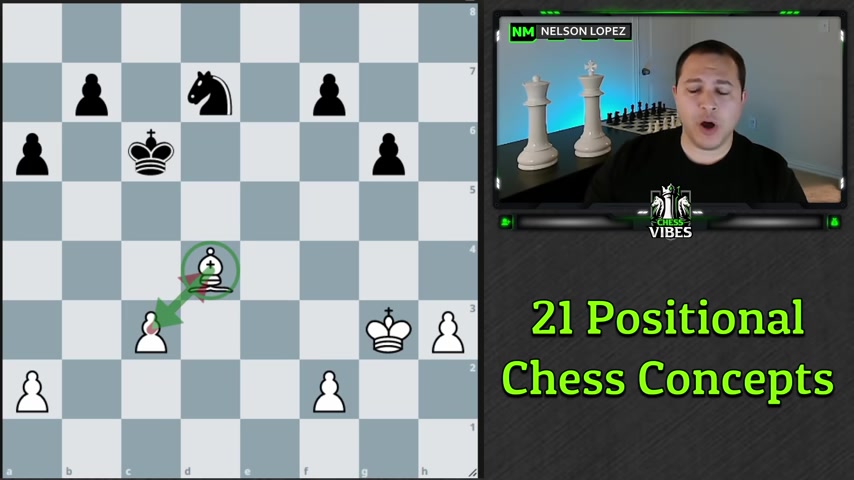
And so the pawn defends the bishop , the bishop defends the pawn .
And this can be a good way to kind of keep your bishops protected at all times .
And at the same time , uh you can kind of defend some of your pawns as well .
So this is just a good thing to keep in mind , especially at the end of the game .
Um Or if you're trying to , a lot of times you can block off files where rooks might be trying to get in with the bishop or something with the pawn defending it .
That's just a good thing to keep in mind .
All right , the next principle uh has to do with something that's called weak color complex .
It's a , it's a phrase that gets thrown around , but it's very simple .
All it means is that there are weaknesses on a certain color of , of the board .
So for example , and this is a very silly example that I created just to , to prove the point here .
But when you fe and kettle your bishop , OK , like here and black would do it here and that bishop gets traded off .
Somehow we looked at an example earlier of how you can do that .
You now have a weakness on those particular color square .
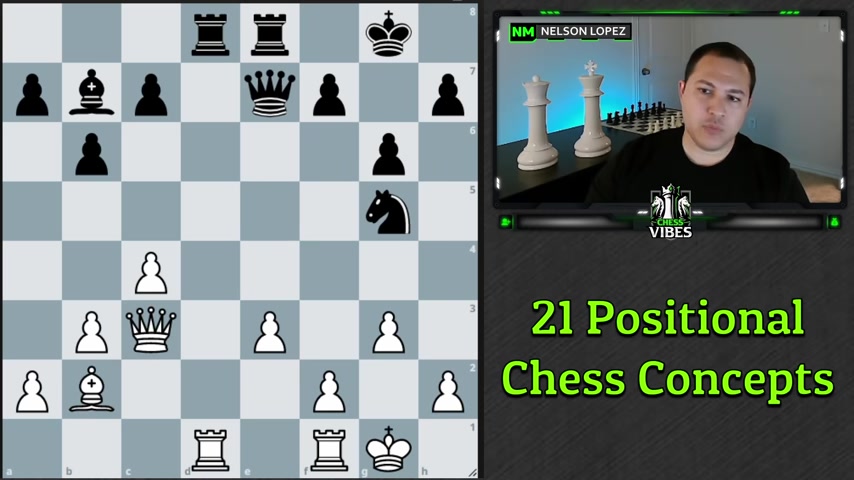
So for example , white has some serious weaknesses along these white squares because of where the pawns are placed , there's no bishop to fill in those gaps .
And black has an immediate checkmate threat because the bishops controlling here the night can come in .
That's just checkmate .
Uh Black has the exact same problem .
The bishop that would normally be sitting there and kind of controlling some of these squares is gone .
And we could see white has this battery and if it's white's turn , it's just check made immediately because of the weaknesses along those squares .
So when you're playing your games , if you ever notice a bunch of pawns on the same color , like in this example , you wanna be trying to look out for ways to take advantage of the weak squares .
And a lot of times you have to do some maneuvering to make this happen , right ?
Uh This example is just everything is perfectly placed .
Usually you have to maneuver your pieces around , but once you can get them set up in , in something like this , it can be very , very , very strong and open up a lot of really nice tactics for you .
So be aware of weaknesses on a particular color square .
All right .
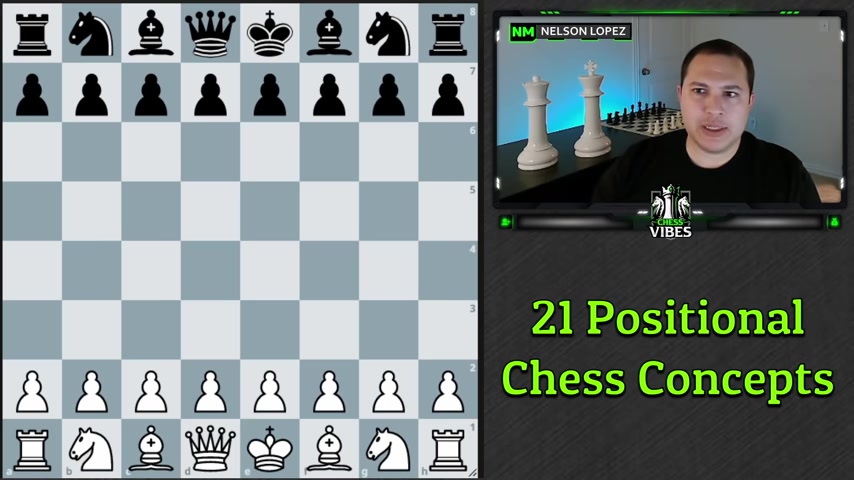
The next principle when I first kind of figured it out from playing was kind of life changing for me .
So pay attention to this one and I'm gonna show you a , a practical example here from an opening that , that I've played before .
So I like to play the Bishop B Five Sicilian .
And there's a particular line G Six Castles where you play C three , you're trying to set up D four and Black plays E five to try to stop you .
OK ?
And you can do this one little .
It's kind of like a gambit because you're giving away a po here .
But you play D four anyway , you let black capture it and then you play the move bishop to F four .
Now here is the principle that this move um kind of illustrates and this is what you're gonna go for after black plays something normal like 9 G7 , you're gonna play the move bishop to D six .
OK ?
This is what you wanna remember .
The principle is this if you can blockade your opponents pawns to hinder their development , it's usually really , really , really good from a positional standpoint .
OK ?
So , so here's a position where there , there's no immediate tactical advantage for white .
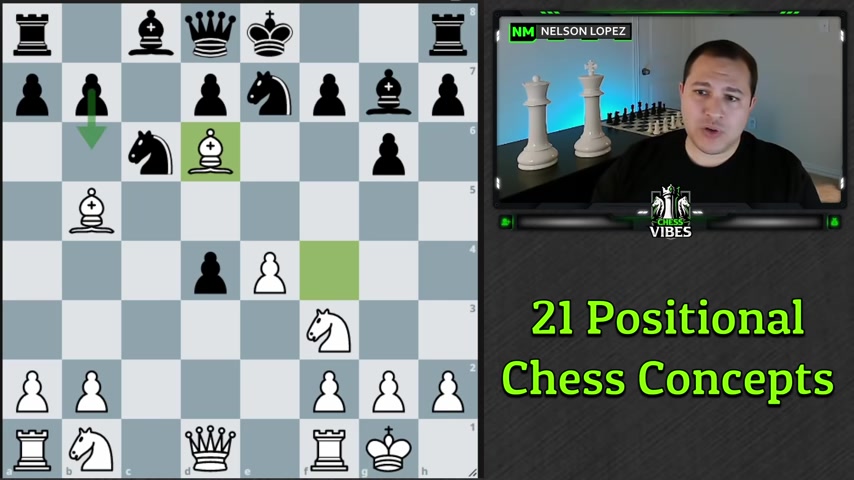
White has no tactics that are just gonna win the game or anything like that .
But what white does have is a positional advantage in the fact that black really wants to develop this bishop .
Black would like to play this pawn forward maybe to D five and then get this bishop out and , and kind of continue playing normal chess , but they can't do that because this bishop is just sitting there being really annoying , right , stopping the pawn , which is stopping the bishop , which is stopping the rook .
Now , black maybe could try to come around this this way and , and develop the bishop .
But it's not that easy .
If black tries to castle , there's this annoying pin on the night .
It's just really , really annoying having that bishop sitting there blockading upon .
So keep that in mind whenever you have an opportunity , sometimes it's a bishop .
Sometimes it's a night um to blockade a pa it's ju it's usually really , really good .
OK ?
So just keep that in mind and , and look for opportunities now , sometimes it's even better .
Like for example , let's just , let's just make a bad move for Black here like night age six .
Just to illustrate the concept .
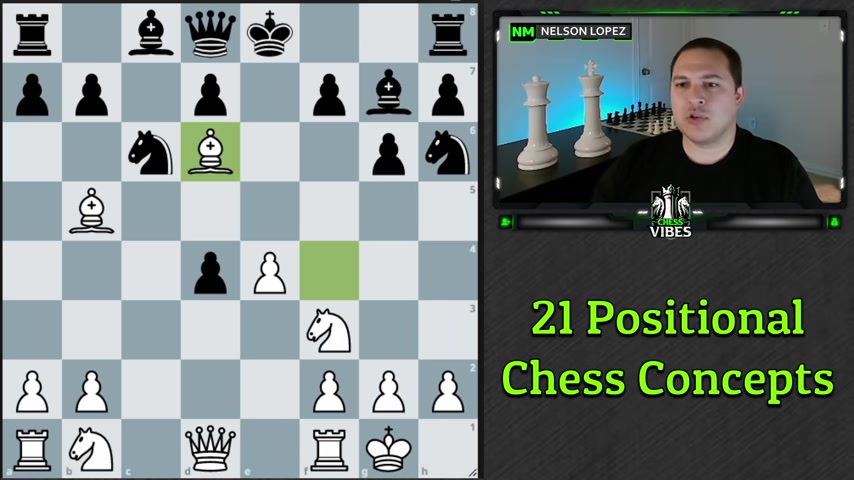
Now , when we play bishop D six , it's even better because now we're actually preventing Black from castling .
Remember you can't castle through check .
So sometimes this , this happens as well .
And like I said , it's , it's even better .
So just keep an eye out for those .
There's lots of opportunities where this happens , particularly if you can blockade ad or an E PA before the opponent gets a chance to move it .
It's usually really bad because the bishop ends up getting stuck back there , right ?
So keep that in mind .
All right .
Now , the last positional idea that I'm gonna give you guys is what's called the minority attack .
And I'm gonna actually show you an example of this out of the queen's gambit .
It's extremely common .
So Queen's gambit , that's not the queen's gambit .
Uh Queen's gambit is D 45 C four .
And then uh when you have Queen's gambit declined , uh the pond structure that arises uh very often is something like this .
OK ?
Where you capture black recaptures with the pond and black has these four ponds here and you just have two ponds over here .
Uh You know , on the , the queen side and then the game , you know , might go to something like this .
OK .
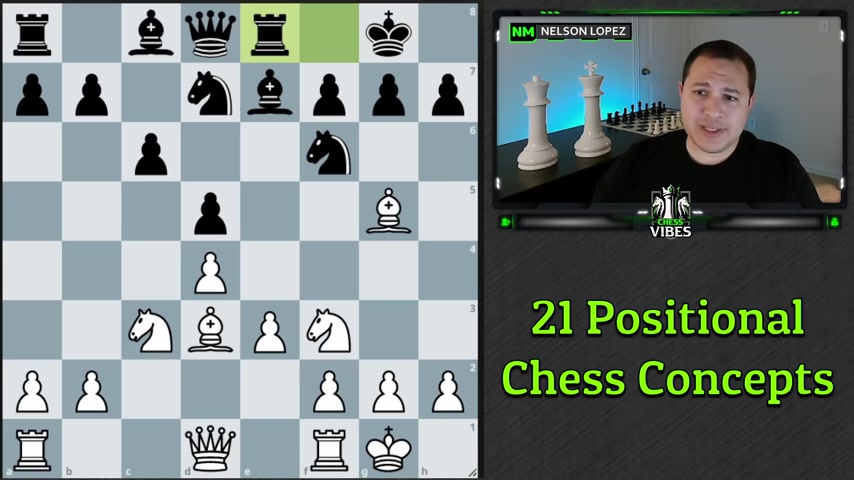
Minority ha happens in a case like this where you decide you're gonna push these two ponds forward and try to create a weakness in Black's camp .
And the way it works is like this .
If let , let's just say , hypothetically you had unlimited time , you would go here and you would go here , you would go here and then you would trade blackwood recapture and now you have a backward pawn .
OK ?
So I'm gonna just make it real easy um on , on myself here .
I'm not gonna do anything for black except just make some random move .
Let's , I don't know we'll move .
Um Yeah , we'll say age six , we take and then we trade , OK ?
So what we have done is traded this pond for this pond and now this , if you remember is a backward pond and now we can pile up on it .
Probably remember .
Blockade the backward pond first , bring our rook over .
Uh I don't know what is gonna do , line up on it and eventually try to win that pond .
Probably the night can come in and , and we're just gonna try to take that pont .
OK .
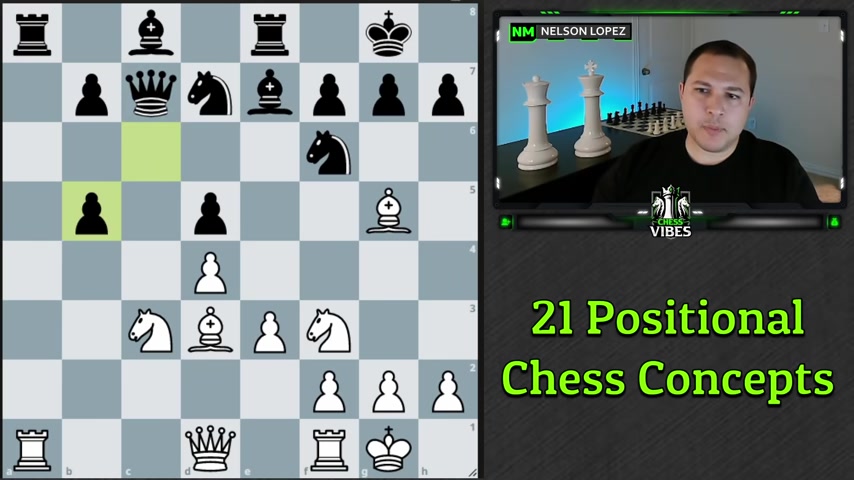
And we created that backward pawn by pushing our B pawn up and capturing .
Now I wasn't making the best moves for black .
Obviously , sometimes black can make our life a little more difficult .
Like when we play B four , they might play a six to try to stop us , but then we can play a four and we're still threatening to do kind of the same thing .
And the point is that even if we have to , you know , sacrifice a pawn over here to mess up um Black's pawn structure , it's usually worth it because now we have a bunch of targets .
OK ?
So that's what a minority attack is .
You take those two pads , you push them forward and you try to create some sort of weakness that you can take advantage of .
All right .
So keep that in mind , especially if you're a queen's gambit player .
That's the most common situation that this is actually gonna be useful to you .
All right .
One final bonus tip .
If you want to become better at positional chess , hit the thumbs up on this video and you'll instantly remember everything that you just watched .
Ok , maybe that's not entirely true , but it does let youtube know that this is a good video and they should show it to more people and it really helps me out a lot .
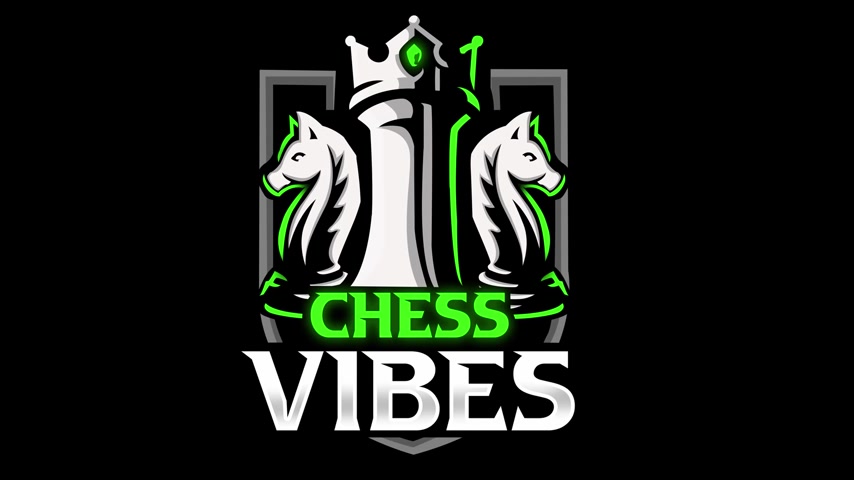
So if you did learn something , I would really appreciate it as always .
Thanks for watching .
Stay sharp , play smart and take care .
Are you looking for a way to reach a wider audience and get more views on your videos?
Our innovative video to text transcribing service can help you do just that.
We provide accurate transcriptions of your videos along with visual content that will help you attract new viewers and keep them engaged. Plus, our data analytics and ad campaign tools can help you monetize your content and maximize your revenue.
Let's partner up and take your video content to the next level!
Contact us today to learn more.